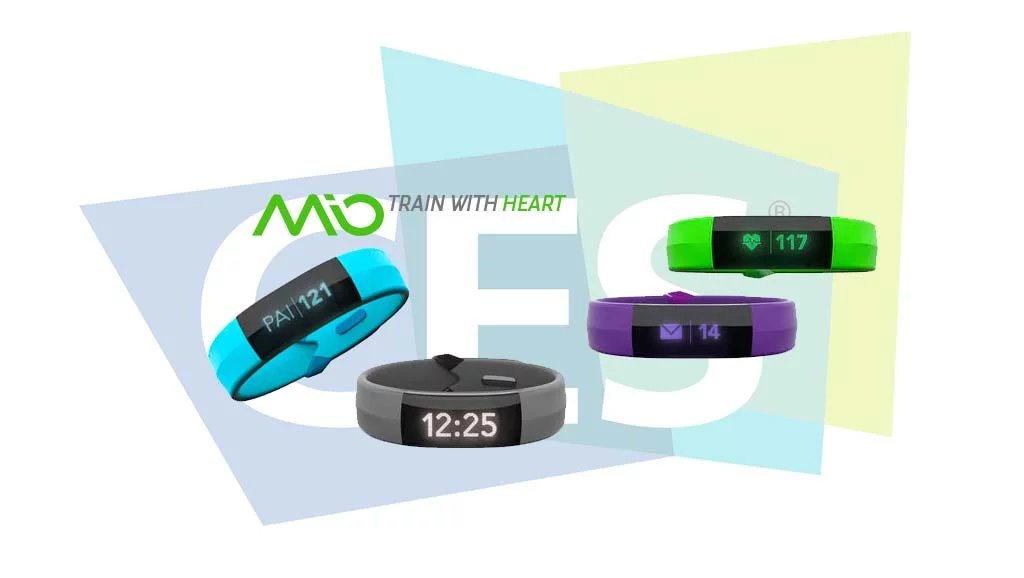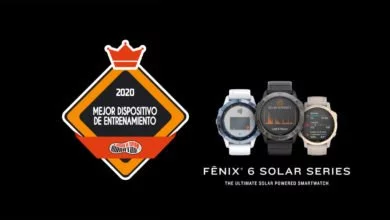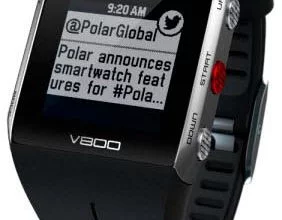Mio presenta hoy en el CES 2016 una nueva forma de clasificación de actividad, el PAI (Personal Activity Intelligence), que sustituye a los pasos como el objetivo final de la actividad diaria.
El razonamiento que han seguido los canadienses es sencillo. Los clásicos «10.000 pasos» no representan la misma actividad para alguien que lleva una vida sedentaria que para alguien que está constantemente en movimiento. Se ha convertido en la regla por la que se rigen casi todos los monitores de actividad que no siempre será válida para todos los usuarios. Mio intenta crear una nueva métrica que sea válida por igual para todos ellos, independientemente de su actividad.
Así que su nueva pulsera estará gobernada ahora por lo que ellos llaman la puntuación PAI. Es una puntuación personal que tiene en cuenta factores como edad, sexo, frecuencia cardíaca en reposo y frecuencia cardíaca máxima; así que la puntuación se acercará con mayor precisión a tu actividad diaria que los meros pasos.
Lo cierto es que debo darles toda la razón, porque los 10.000 pasos no cubren a todo el espectro de usuarios. No sólo por contabilizar pasos cuando estamos realizando otra actividad que no es andar, sino principalmente por actividades que nada tienen que ver con caminar y aún así pueden suponer una intensidad importante, como un entrenamiento de ciclismo.
Mio indica que el algoritmo que usa para calcular el PAI está basado en el estudio de HUNT, realizado sobre más de 60.000 individuos entre 1984 y 2008 por la Universidad de Ciencia y Tecnología de Noruega. Según dicho estudio, manteniendo tu puntuación de PAI por encima de 100 puntos aumentará tu esperanza de vida hasta 10 años más y estarás más protegido ante enfermedades como artritis, diabetes u obesidad. Al menos, es lo que dice el estudio.
Esta puntuación se calcula usando la intensidad de tu frecuencia cardíaca durante un periodo de siete días, para tener una imagen global de como ha sido tu actividad durante un periodo de tiempo algo más amplio.
Navegar a secciones específicas
Mio Slice, el nuevo monitor de actividad
El nuevo Mio Slice será el primer dispositivo que mostrará la puntuación PAI basándose en la monitorización constante de tu frecuencia cardíaca. Por supuesto también realizará el seguimiento de actividad con los parámetros clásicos de pasos, calorías, distancia y frecuencia cardíaca.
Si hay algo que destaca es que el sensor óptico ahora no está licenciado por parte de Philips, sino que es un diseño propio desarrollado por ellos mismos. Este nuevo sensor es el que permite hacer el seguimiento de la frecuencia cardíaca durante todo el día, pues el sensor original sólo se activaba cuando estabas realizando una actividad deportiva.
Aún tendremos que esperar para conocer más detalles de Slice, pues las pulseras que llevaron a CES son, de momento, maquetas.
La puntuación PAI llegará a otros dispositivos de la gama actual
Tanto Mio Fuse como Mio Alpha 2 serán compatibles con la nueva aplicación Mio PAI, que estará disponible a lo largo de este mes de enero 2016. Los usuarios de estos dispositivos podrán ver su puntuación en la aplicación, pero por el momento el único dispositivo que podrá mostrar dicho dato en su pantalla será el Slice.
Mio Slice. Disponibilidad y precio
Para poder hacerte con un Mio Slice deberás esperar un poco más. Estará disponible en 2016, pero Mio aún no ha establecido una fecha concreta. El precio se ha anunciado en $99, aún sin tasa de cambio oficial a euros, por lo que todavía debemos esperar para saber cuánto nos costará a este otro lado del atlántico.






Buenas noches Eduardo, llevo buscando un pulsómetro fiable (actualmente tengo un gear s2 y es un desastre) y he ido dando tumbos hasta que encontré esta página.
Muchas gracias por toda la información que facilitas. Sea cual sea el pulsómetro que me compre lo haré a través de tu página a modo de agradecimiento.
Lo que busco es algo básico pero fiable y he visto el Mio Slice.
¿En cuanto a su fiabilidad puedes decir lo mismo que sobre el Mio Link?
Gracias y un saludo.
Mio Slice volvió a tener una aparición en CES 2017, con un cambio de diseño con respecto al dispositivo que puedes ver aquí. El sensor no es el mismo que el del resto de productos, por lo que no te puedo decir qué tal se comporta.